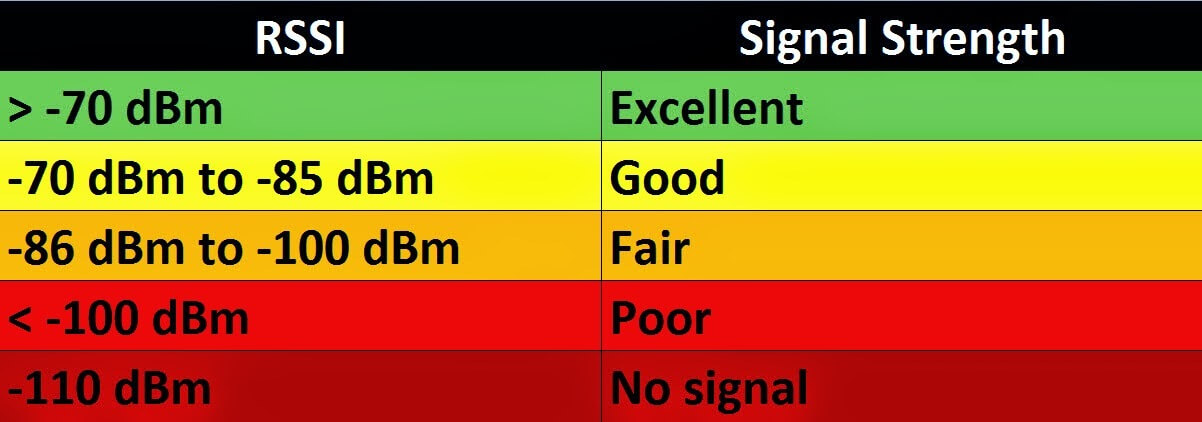
Most Wi-Fi access points (or APs) even register RSSI values of all their connected client devices and a lot of popular Wi-Fi planning tools (like Ekahau, NetSpot, TamoGraph and AirMagnet Survey Express) use this signal strength measurements to create heatmaps and predict Wi-Fi coverage and throughput. This information is then used to give the user some knowledge about the Wi-Fi signal quality in the form of the well known signal bars. Wi-Fi devices continuously measure the amount of power carried by incoming traffic and report it back to the operating system of the device. This signal can be Wi-Fi, a mobile network connection or any other wireless protocol. RSSI is a measurement of the amount of power in a received radio signal. In other words, big investment decisions in Wi-Fi infrastructure turn out to be based on paltry data at best. This blog post will show that the Received Signal Strength Indication or RSSI of a link (which is basically a numeric value for the number of bars) doesn’t correlate well with the throughput that can be achieved on that link. To make things worse, a lot of professional Wi-Fi planning and comparison tools use this same signal strength metric as a substitute for Wi-Fi throughput! We’ve all had situations where 4 or more bars are lighting up, but websites are still loading agonizingly slow. But more often than not, the amount of bars doesn’t give us a good indication of the quality of our connection.


To check our Wi-Fi signal reception, we tend to look at the signal notification icon of our devices: the more bars, the better the signal.


 0 kommentar(er)
0 kommentar(er)
